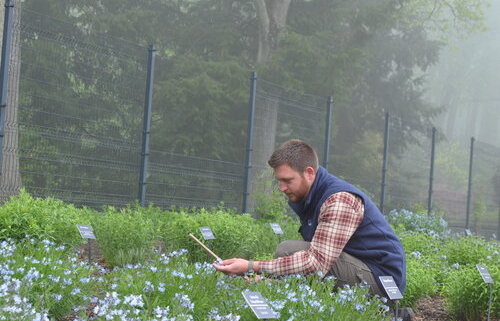Hidden Oaks Nature Center – Their Animals Hit the Trail
All photos by Jerry Nissley
By volunteering at or simply visiting the many Fairfax County Parks we have all noticed how each park fills a niche. Each park has unique attractions and exemplary qualities that delight visitors and Hidden Oaks just extended theirs.
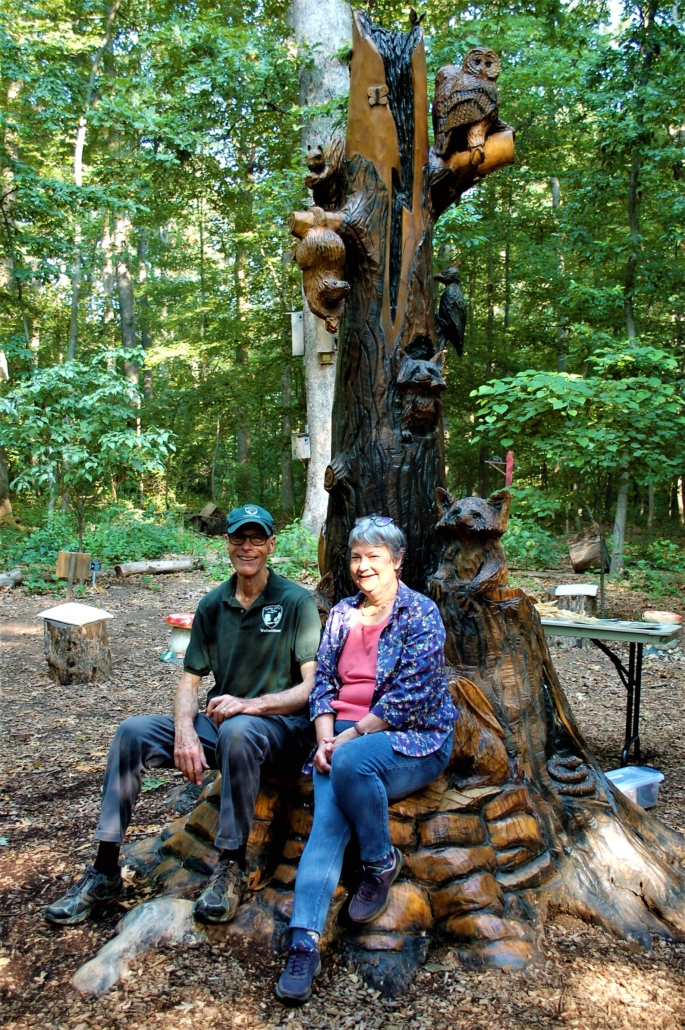
Hidden Oaks Nature Center is nestled inside the 52-acre Annandale District Park. You’ll find live animal displays, exhibits, a pond, creeks, woodland trails, gardens, play areas, a rain garden and a resource library. In 2019 artisan Andrew Mallon was commissioned to carve a wildlife tree sculpture utilizing the 10’ high tree stump left after a poplar tree was struck by lightning right outside of the Nature Center. The fabulous carvings creatively depict 11 animals native to the park. Now in 2021 to complement the tree sculpture and enhance the learning experience, the park distributed replica cutouts of those 11 animals along the Old Oaks nature trail in habitat areas appropriate for each animal.
Suzanne Holland, the Visitor Services Manager at Hidden Oaks, explained that finalizing this project took awhile due to the pandemic. “I had the signs created by last fall (2020) but we kept adding components and, since we did not have a deadline looming, I waited until everyone was able to participate who wanted to do so. I had the wonderful assistance of three FMN. Toni Oliveira designed the correlative trail brochure. Susan Martel assisted with brochure copy and where to place the cut out signs and Bob Dinse attached the signs along the trail.”

Suzanne said, “The purpose of this activity was to extend the learning opportunities based on the 2019 woodland wildlife tree sculpture. I wanted to have the representations of the 11 animals, created by Northern Virginia Woodcarvers, to be posted along our Old Oak Trail in about the area that the real animal would live. The brochure provides habitat information for each of the native species. Additionally we have a QR code on each sign so that visitors can scan the code to see a 30 second video about the animal and its habitat needs.” She graciously added, “Hidden Oaks is fortunate to have so many stellar FMN volunteers and this project is only one of many they have contributed to.”
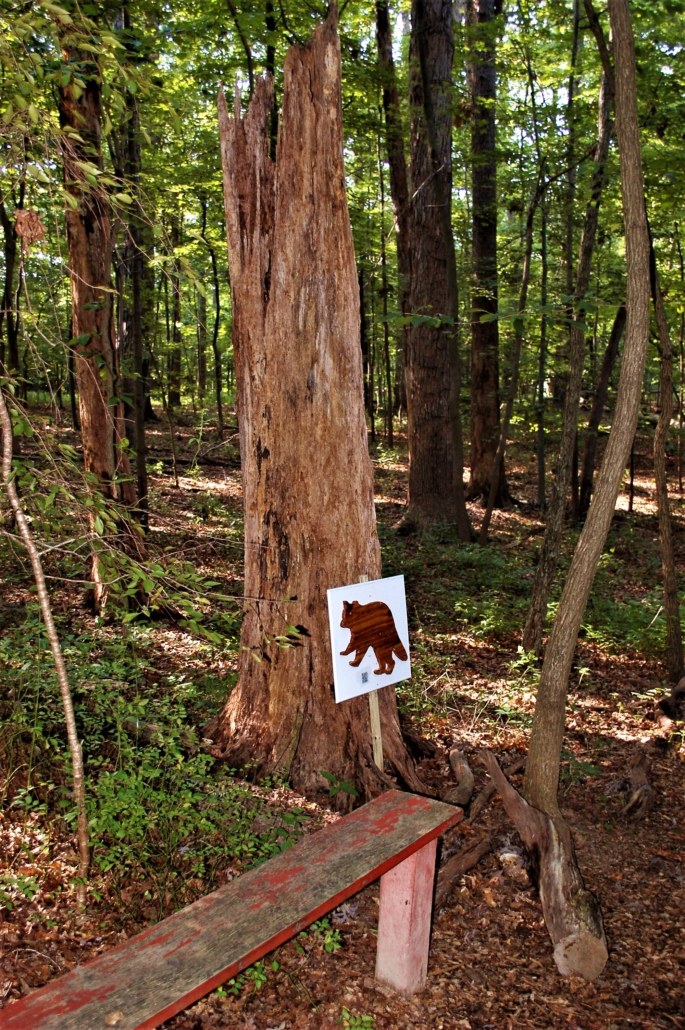
Susan Martel who helps with crafts and enrichment projects had a lot of fun with this one. She commented, “I researched and wrote the content for the brochure, which was also used for the narratives that accompany the videos shown in conjunction with the QR codes. I thought HONC’s idea of using the Woodland Wildlife Sculpture as a launching point for the interpretive trail was a great way to teach visitors about where the different animals can be found in the park/nature and why the habitat suits them.”
Bob Dinse, who is a trail monitor and interpreter at Hidden Oaks explained, “Since I take care of the trails at Hidden Oaks Suzanne asked me to fasten the cut out animals to a trail marker post or dead tree. So as not to deface the cut outs I cut slats of wood a little bigger than the cut outs and used a water proof glue to fasten the slats to the cut outs. Suzanne and I walked the Old Oak Trail to decide where I would put up the cut outs. I have been at Hidden Oaks almost 12 years and am proud to be part of the team led by Suzanne Holland and Michael McDonnel that keep adults and children coming to the park.”
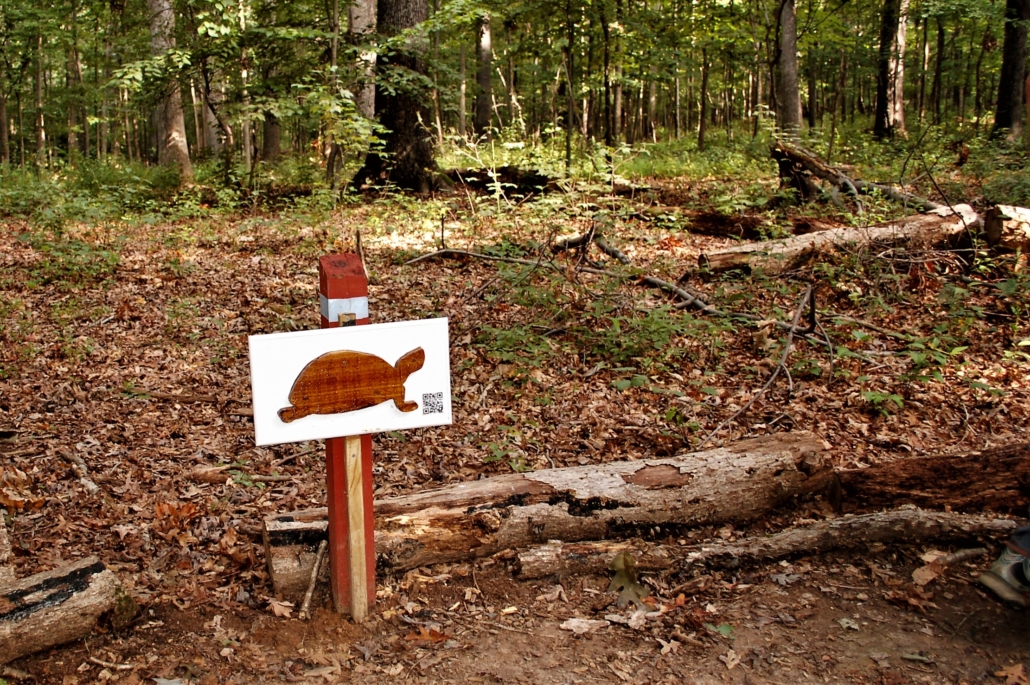
The creativity, willingness to serve, and high energy of the Hidden Oaks park staff and cadre of volunteers, many of which are FMN, truly establish this as a park worth visiting and supporting. So bring the kids or just yourself but come on out to Hidden Oaks. Tour the visitor’s center (see website for hours), checkout the 10 foot high wildlife sculpture, explore Old Oaks Trail, and find the individual critters along the way. It’s a success story worth experiencing.
WJLA TV interview with Suzanne Holland:
https://wjla.com/news/local/kidd-around-town-hidden-oaks-nature-center


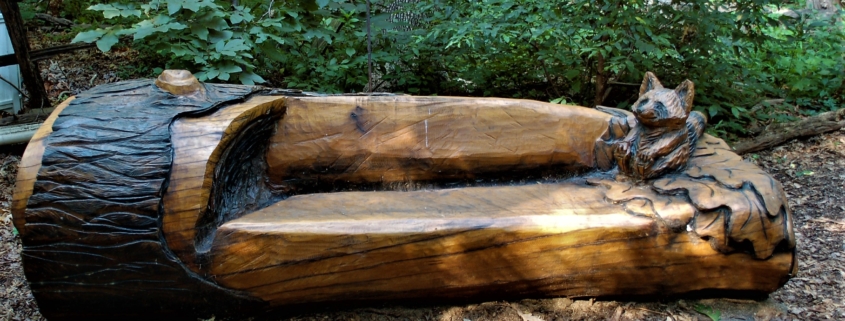 Jerry Nissley
Jerry Nissley 
